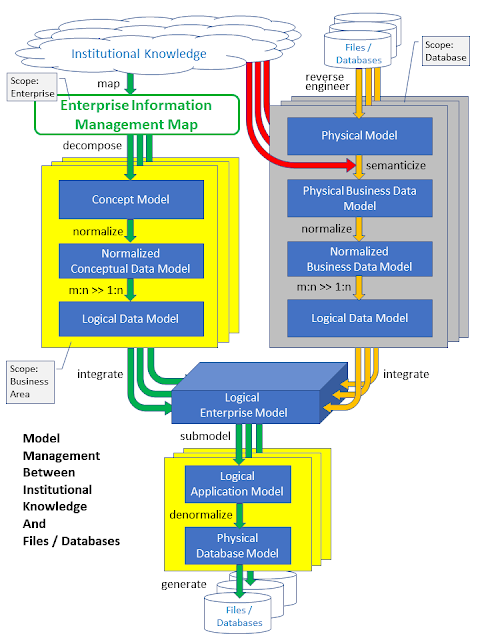Since EVERY person performing tasks at a (virtual or real) desk for professional reasons works with data, Data Literacy is a basic qualification for EVERYONE with an “office job” and not only required for Data Analysts, Data Engineers, Data Scientists etc. and their managers. (Note: ... as reading and writing are basic qualifications for everyone, not only for those who want to pursue an academical career.)
- understand the definition and meaning of data
- interpret data in their respective context
- apply data terms correctly and communicate clearly and concisely about data to other individuals or groups inside and outside of the organization
- select, extract, compose, transform, create, and delete data under corporate rules & standards
- judge the quality of data for the potential impact on the purpose of subsequent processes in the organization.
-
a Business Data Glossary related to the subject area Data Model that corresponds to the employee’s respective responsibility
-
a subject-area / job-task-related Process Model with its technical and organizational measures showing
-
the potentially available sources of data
-
what to do with those data
-
the potential recipients of data inside and outside the organization
-


